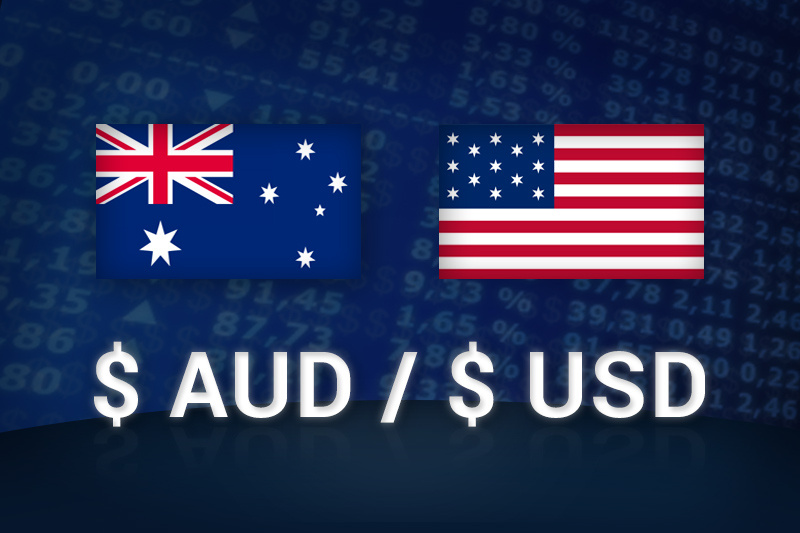Investing.com - The Australian dollar was steady against its U.S. counterpart on Wednesday, after tepid economic growth data from Australia, although hopes for progress in tackling the euro zone debt crisis supported sentiment.
AUD/USD hit 1.0485 during European morning trade, the daily high; the pair subsequently consolidated at 1.0474, easing up 0.02%.
The pair was likely to find support at 1.0428, the low of November 28 and resistance at 1.0519, the high of September 21.
Official data showed that Australia's gross domestic product rose less-than-expected in the third quarter, ticking up 0.5% after a 0.6% increase in the previous quarter.
Analysts had expected the GDP to rise 0.6% in the last quarter.
Meanwhile, sentiment remained supported after Greece launched a scheme to buy back debt from private investors on Monday, as part of an agreement to reduce its debt load and unlock a new bailout package worth EUR44 billion.
In addition, Spanish and Italian bond yields turned lower after Spain formally requested aid to recapitalize its banks.
Elsewhere, investors continued to watch negotiations between Democrats and Republicans to avoid the U.S. fiscal cliff, a set of spending cuts and tax increases due to come into effect on January 1 if lawmakers cannot reach an agreement on reducing the budget deficit.
The Aussie was lower against the euro with EUR/AUD adding 0.12%, to hit 1.2520.
Later in the day, the U.S. was to release a report on ADP nonfarm payrolls, as well as official data on factory orders and crude oil stockpiles. In addition, the Institute of Supply Management was to produce a report on service sector activity.
AUD/USD hit 1.0485 during European morning trade, the daily high; the pair subsequently consolidated at 1.0474, easing up 0.02%.
The pair was likely to find support at 1.0428, the low of November 28 and resistance at 1.0519, the high of September 21.
Official data showed that Australia's gross domestic product rose less-than-expected in the third quarter, ticking up 0.5% after a 0.6% increase in the previous quarter.
Analysts had expected the GDP to rise 0.6% in the last quarter.
Meanwhile, sentiment remained supported after Greece launched a scheme to buy back debt from private investors on Monday, as part of an agreement to reduce its debt load and unlock a new bailout package worth EUR44 billion.
In addition, Spanish and Italian bond yields turned lower after Spain formally requested aid to recapitalize its banks.
Elsewhere, investors continued to watch negotiations between Democrats and Republicans to avoid the U.S. fiscal cliff, a set of spending cuts and tax increases due to come into effect on January 1 if lawmakers cannot reach an agreement on reducing the budget deficit.
The Aussie was lower against the euro with EUR/AUD adding 0.12%, to hit 1.2520.
Later in the day, the U.S. was to release a report on ADP nonfarm payrolls, as well as official data on factory orders and crude oil stockpiles. In addition, the Institute of Supply Management was to produce a report on service sector activity.
